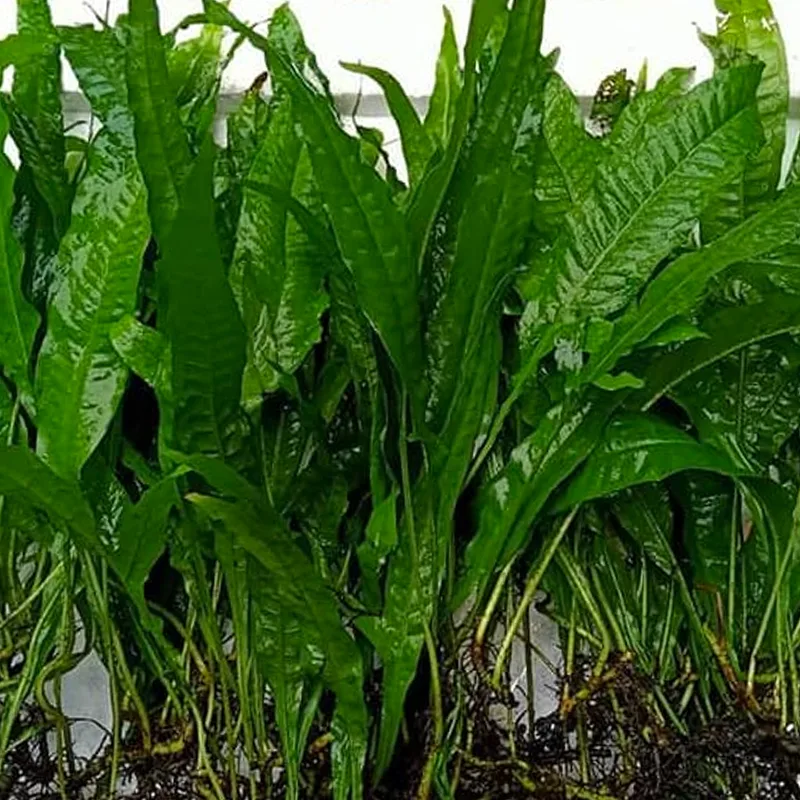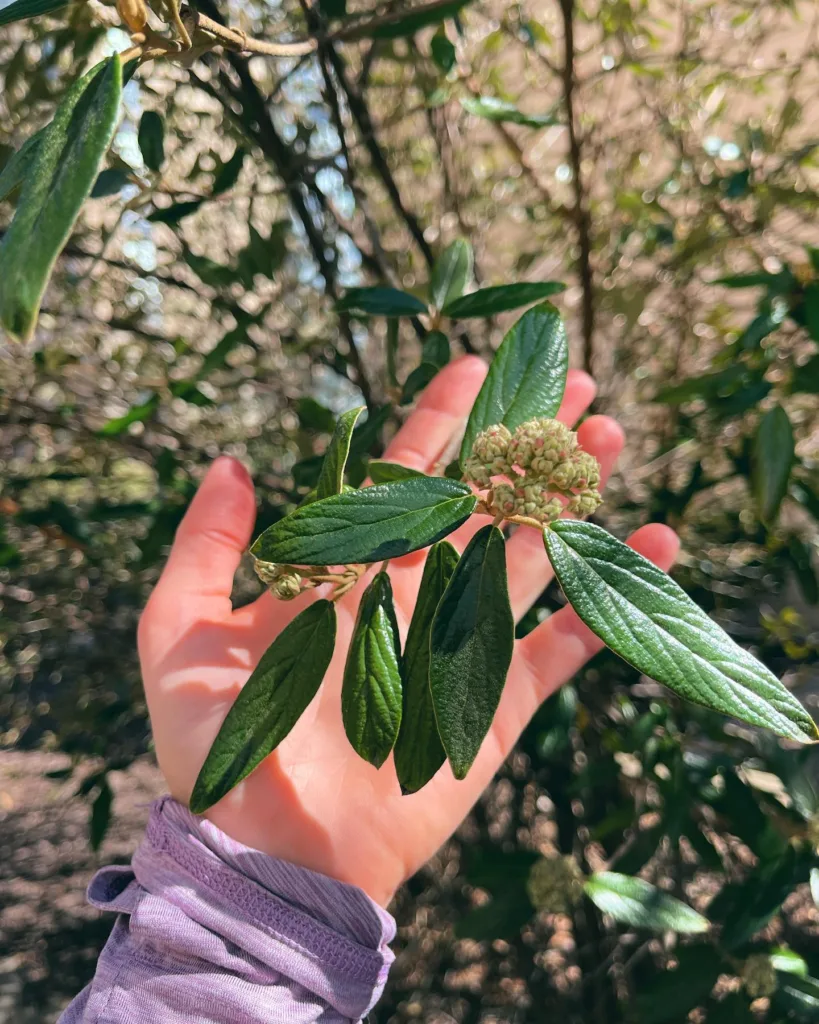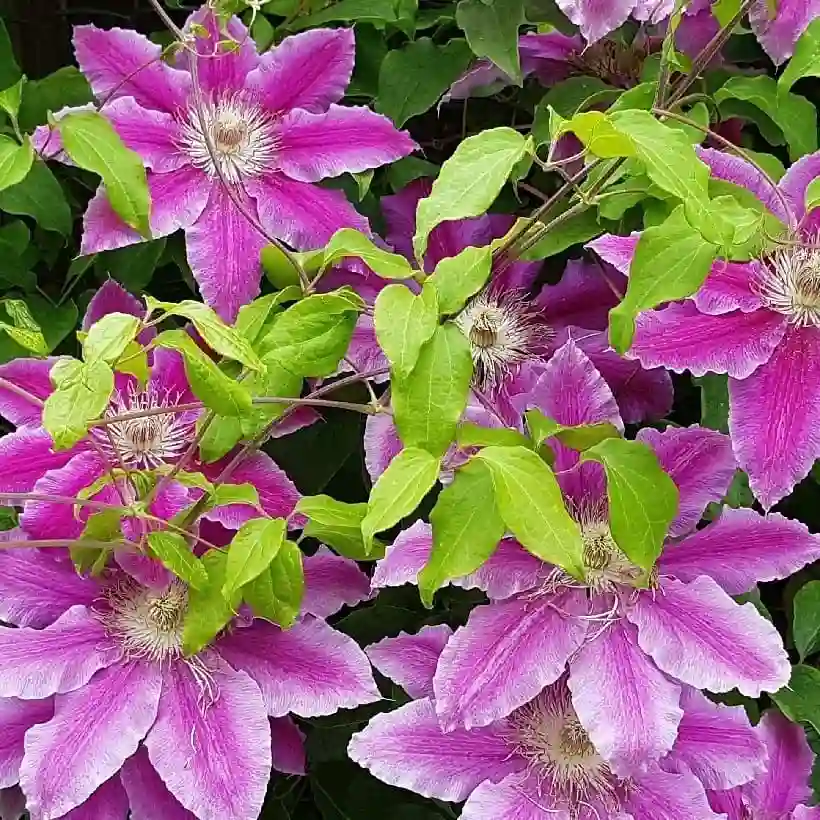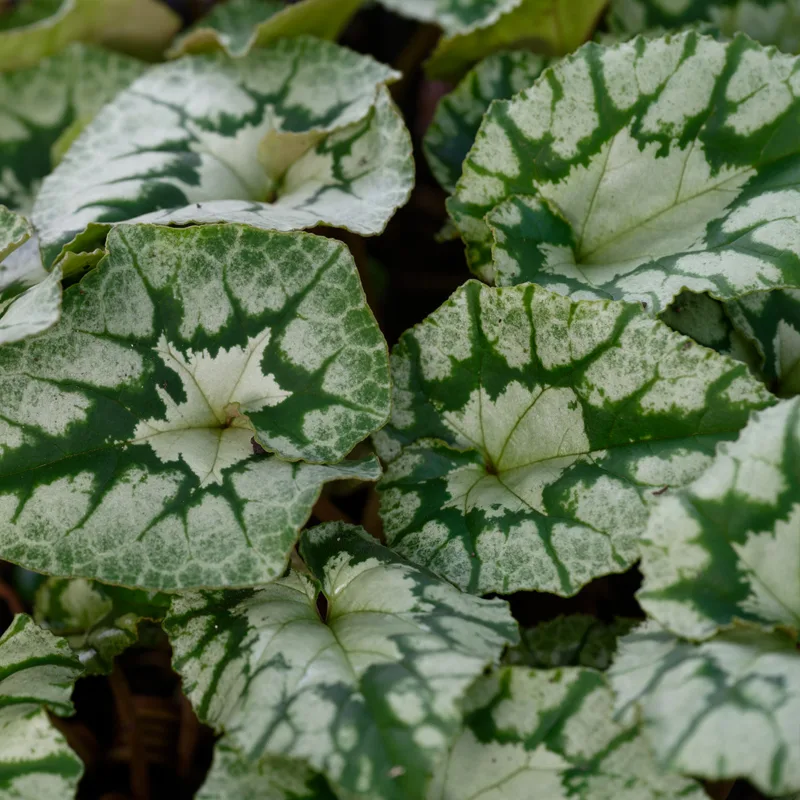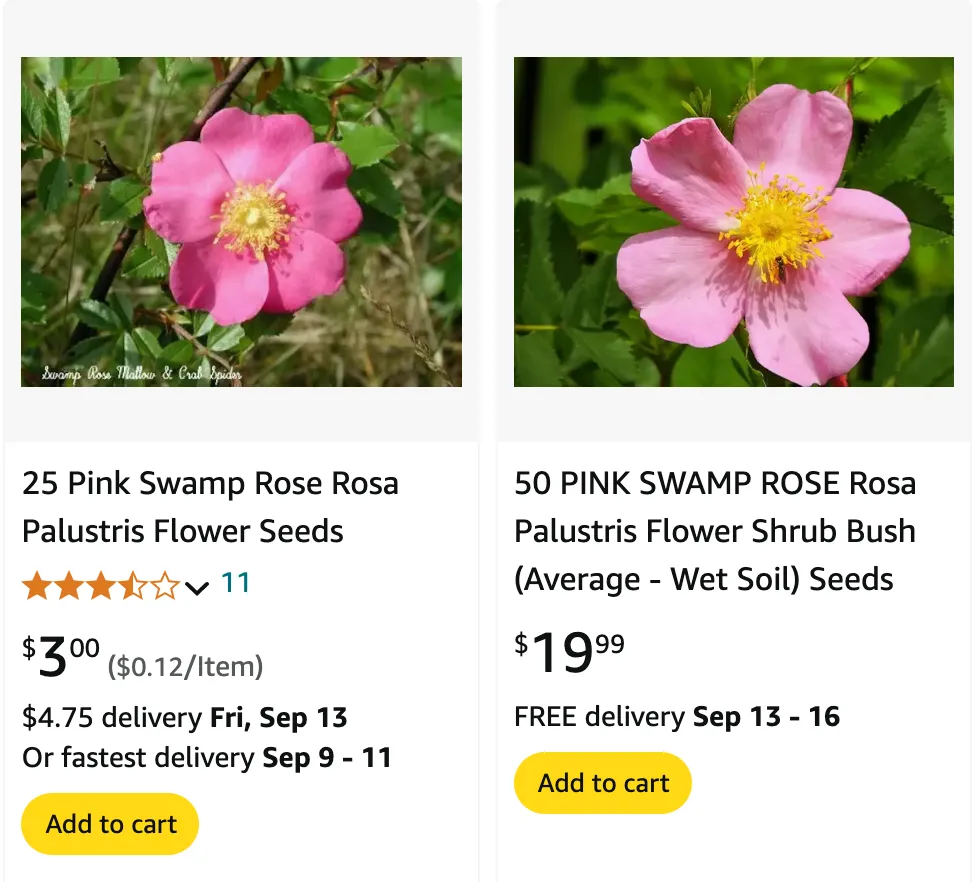
Frequently Asked Questions About Rosa Palustris
As a plant enthusiast, I’ve always found Rosa Palustris to be a fascinating species. Commonly known as the Swamp Rose, this native North American rose thrives in wetlands and offers unique beauty and ecological benefits. Here are some common questions I’ve encountered regarding this lovely plant, including comparisons with other species like Rosa Carolina, Rosa Multiflora, and Rosa Rugosa.
391 Species in Genus Rosa
How to Distinguish Rosa Carolina from Rosa Palustris?
Distinguishing between Rosa Carolina and Rosa Palustris can be tricky because both are native wild roses. However, there are a few key differences:
- Habitat: While Rosa Palustris thrives in wet, swampy areas, Rosa Carolina prefers drier soils, often found along forest edges or open fields.
- Stem Characteristics: Rosa Palustris has smooth stems with fewer prickles, whereas Rosa Carolina tends to have more densely packed thorns.
- Leaf Shape: The leaves of Rosa Palustris are more oval and pointed, while Rosa Carolina’s leaves are smaller and more rounded.
- Flowers: Rosa Palustris produces soft pink flowers with a pleasant fragrance, while Rosa Carolina’s blooms are a bit paler.
When you’re out in the field, paying attention to the environment and leaf shape can help identify these roses.
How to Grow Rosa Palustris?
Growing Rosa Palustris requires the right conditions to ensure healthy development:
- Soil Requirements: This rose loves wet, swampy soils, so if you have a garden pond or an area prone to water accumulation, this is an ideal spot. Rosa Palustris can tolerate standing water better than most roses.
- Sunlight: Although it prefers full sun, it can also grow in partial shade.
- Watering: Since it thrives in wetlands, make sure to keep the soil consistently moist, especially during dry spells. However, avoid waterlogging, as it can still lead to root rot if poorly drained.
- Spacing: Leave enough space for air circulation to prevent fungal diseases.
If planted in the right conditions, Rosa Palustris can thrive without much additional care.
When Does Rosa Palustris Bloom?
Rosa Palustris typically blooms from June to August, offering beautiful pink flowers throughout the summer. The blooms are usually single-petaled with a central cluster of yellow stamens that attract bees, butterflies, and other pollinators.
Rosa Palustris vs Rosa Multiflora
Rosa Palustris and Rosa Multiflora can be easily confused, but they are quite different:
- Growth Habit: Rosa Multiflora is an aggressive, invasive species with a tendency to form dense thickets. Rosa Palustris, on the other hand, is more delicate and manageable.
- Flowering: Rosa Palustris has larger, more distinct pink flowers, while Rosa Multiflora blooms in clusters of smaller white flowers.
- Thorns: The stems of Rosa Multiflora are covered in curved thorns, whereas Rosa Palustris has fewer, straighter prickles.
Rosa Palustris is a great choice for those who want to avoid invasive species in their gardens.
Rosa Palustris vs Rosa Rugosa
Another frequently asked question is how Rosa Palustris differs from Rosa Rugosa:
- Leaf Texture: Rosa Rugosa has thick, leathery leaves that are highly resistant to pests and diseases. In contrast, Rosa Palustris has softer, more delicate leaves.
- Tolerance to Salinity: While Rosa Rugosa is highly tolerant of salt, making it ideal for coastal areas, Rosa Palustris prefers freshwater wetlands.
- Growth Environment: Rosa Rugosa is more adaptable to dry and sandy soils, while Rosa Palustris thrives in wet, swampy habitats.
How to Care for Rosa Palustris?
Caring for Rosa Palustris is relatively straightforward if you provide the right environment. Here’s what I’ve learned:
- Pruning: You should prune Rosa Palustris in late winter or early spring to remove any dead or damaged stems. This helps promote healthy growth and improves airflow.
- Pests: Common pests include aphids and spider mites. If you spot these, use a mild insecticidal soap to control infestations.
- Diseases: Rosa Palustris is prone to fungal diseases like black spot or powdery mildew, especially in humid environments. To prevent this, make sure the plants have good air circulation and avoid overhead watering.
How to Propagate Rosa Palustris?
Rosa Palustris can be propagated through seeds, cuttings, or division:
- Seeds: Collect seeds from the rose hips in the fall, then stratify them (place them in cold storage) for 3-4 months before planting in the spring.
- Cuttings: Take softwood cuttings in the spring and plant them in a moist growing medium. Keep them under humidity until they root.
- Division: You can divide mature plants in early spring by digging up the root system and separating the offshoots.
What to Plant with Rosa Palustris?
Rosa Palustris pairs well with other moisture-loving plants such as:
- Iris Versicolor (Blue Flag Iris)
- Caltha Palustris (Marsh Marigold)
- Lobelia Cardinalis (Cardinal Flower)
These plants share similar moisture requirements, making them great companions.
Can You Grow Rosa Palustris Indoors?
Unfortunately, growing Rosa Palustris indoors is not practical due to its need for wet, swamp-like conditions. It’s best suited for outdoor environments where it can thrive in its natural habitat.
Is Rosa Palustris Toxic?
Rosa Palustris is non-toxic to humans and pets, making it a safe choice for family gardens. Its rose hips are also edible and can be used in jams or teas, though they tend to be smaller than cultivated varieties.
Common Problems with Rosa Palustris
Some common problems I’ve faced with Rosa Palustris include:
- Fungal Infections: Due to its love for moisture, it’s prone to fungal diseases like rust and black spot.
- Root Rot: If the soil is poorly drained, root rot can occur, so make sure the planting site is well-drained but still moist.
Benefits of Rosa Palustris
Rosa Palustris offers several benefits beyond its aesthetic appeal:
- Wildlife Attraction: The flowers attract pollinators, and the rose hips feed birds in the fall and winter.
- Erosion Control: Due to its ability to thrive in wet conditions, Rosa Palustris is excellent for stabilizing soil in wetland areas.
Rosa Palustris is a beautiful, low-maintenance rose that brings ecological benefits to any garden. With its adaptability to wet environments and wildlife-friendly features, it’s a great addition to native plant gardens.
If i die, water my plants!
